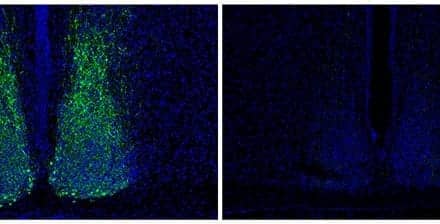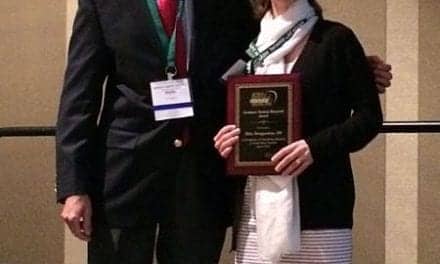Advancing the Field

Fortunately, the majority of children with SDB are effectively treated by the removal of hypertrophied tonsils and adenoids. Others can be treated orthodontically with nonsurgical means such as rapid palatal expansion and traditional orthodontic correction. Until recently, the very young and petite have not had many treatment options. Recent advances in the field of dental or orthognathic surgery allow us to treat children and infants with confidence.
If we accept the premise that SDB is primarily a developmental or structural problem resulting from a soft tissue-skeletal discrepancy, we can now begin to consider the causes and, more important, prevention through early recognition and intervention. Dentists are in a unique position as health care providers in that we have long-term relationships with timely access to our patients that allows us to monitor their development and general health. We are particularly qualified when it comes to orofacial, dental, skeletal, and, subsequently, airway development, affording us the opportunity to help screen and treat these patients.
In 1903, the literature first makes mention of the treatment of infants with micrognathia (mandibular insufficiency) by suturing of their tongues to their lips in an effort to maintain a patent airway. In 1934, Pierre Robin became the first to use oral appliances to maintain the airway and only as recently as 1976 were maxillomandibular osteotomies or advancement surgeries performed to treat patients with SDB.
The article in this issue on dental sleep medicine by Stephanie Drew, DMD, a maxillofacial surgeon, will present a new twist on a surgical technique that has been around for some time, but has only recently been applied to the treatment of SDB in both the adult but, more important, the pediatric population. It is known as distraction osteogenesis, a technique that everyone who cares for patients with SDB should become familiar with.
This being the annual Associated Professional Sleep Societies (APSS) conference issue of Sleep Review, I would like to take a moment to encourage all of you to attend the sessions in Seattle this June. Dental sleep medicine will be well represented at the meetings. Have a wonderful time in Seattle. Hope to see you there.
Don A. Pantino, DDS, is president of the Academy of Dental Sleep Medicine (www.dentalsleepmed.org); associate clinical professor at the State University School of Dentistry and Medicine at Stony Brook, NY; and a member of Sleep Review’s Editorial Advisory Board.





